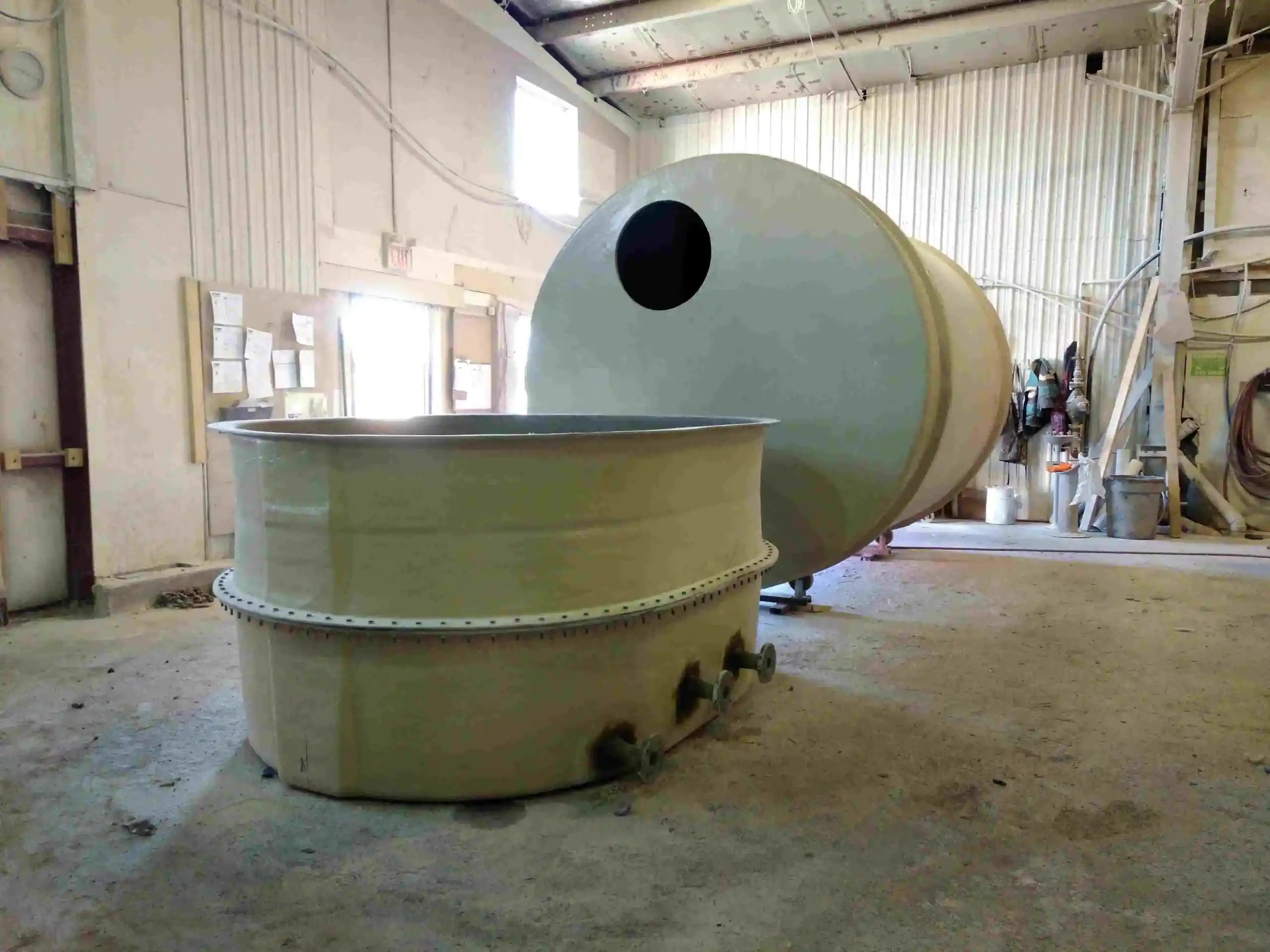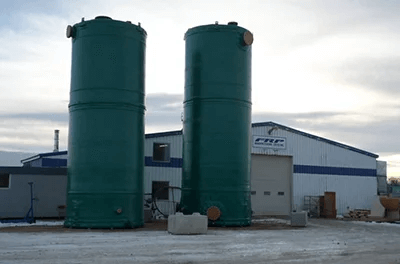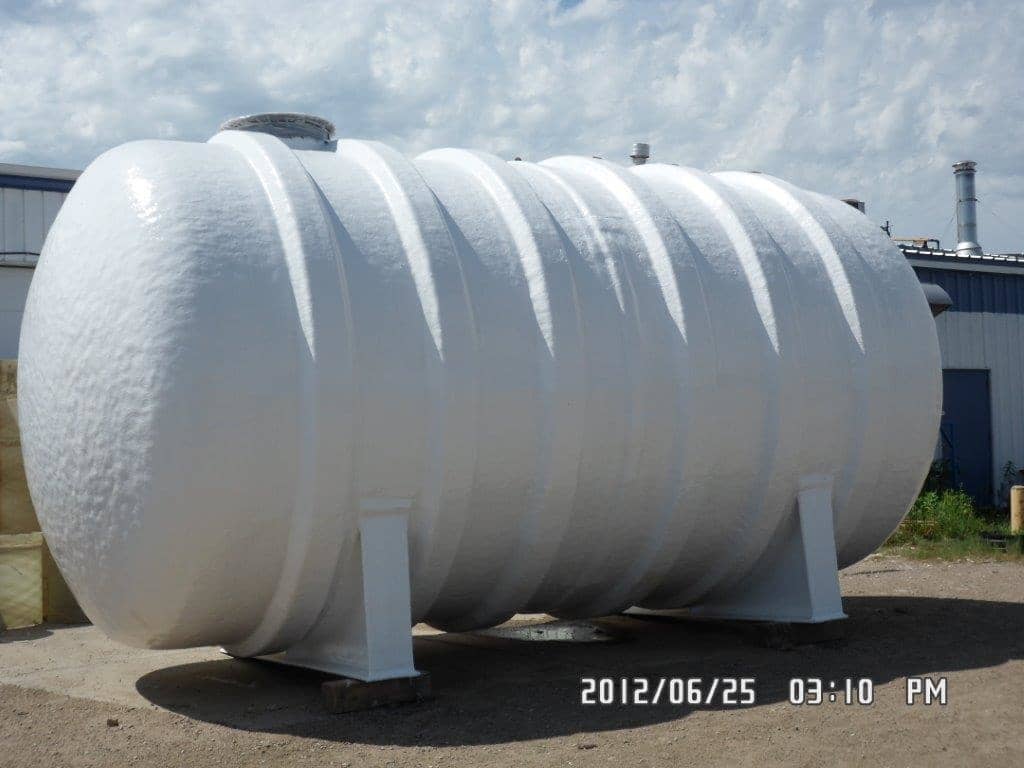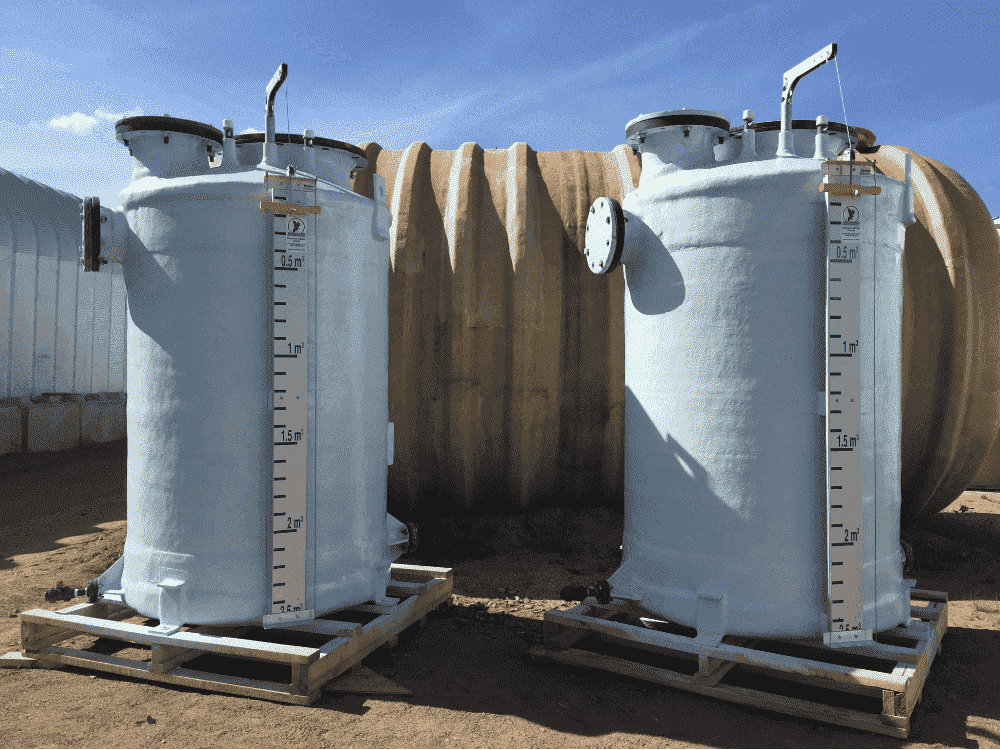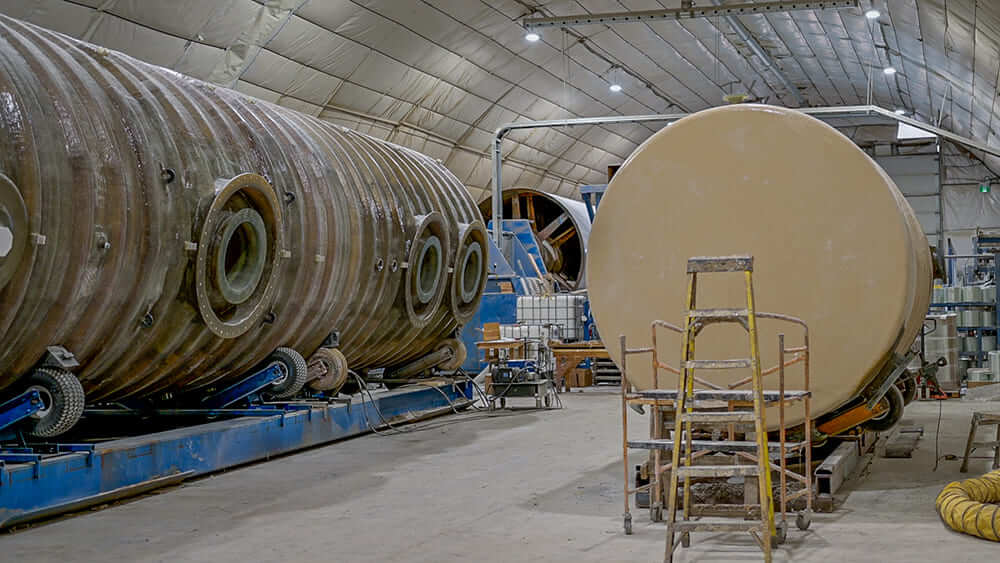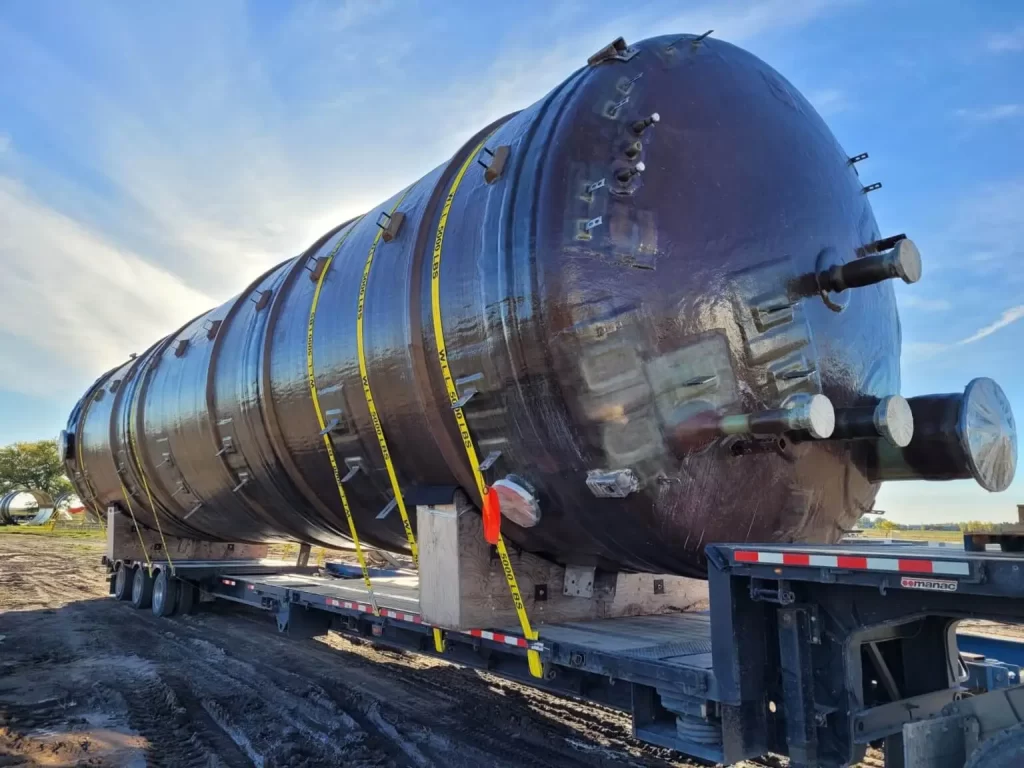To get the most out of your fibreglass-reinforced plastic tank, it’s essential to follow all maintenance and handling procedures for your specific model before putting the new storage unit into operation. If you’re currently in the market and don’t really know where to start with FRP tanks, we’ve got a few things to keep in mind. Here’s a quick guide on how to employ proper FRP tank maintenance and handling.
Inspect Upon Arrival
When the tank is delivered to your worksite, be sure to thoroughly inspect the tank, both inside and out, for any potential damage during shipping. If any kind of damage does occur during transportation, it must be reported on the receipt of delivery before signing and a claim filed promptly as failure to follow procedures constitutes the damage as the customer’s responsibility. So be sure to inspect your tank carefully!
Installation and Handling Precautions
The tank should never be rolled or slid into place, it should only be lifted or set into position with a crane, forklift or other alternative authorized method. Don’t lift from the fittings, use the lifting lugs or fabric rigging slings at least 3 inches in width! When operating the crane to move the tank, be sure to follow proper rigging procedures so the tank doesn’t swing or move dangerously and don’t drop the tank or set it on top of hard objects, such as tools, rocks or other debris. Cables and chains wrapped around the tank must be avoided as this will damage the exterior and don’t use equipment in the tank itself to evade any potential scratching or damage to the protective inner corrosion coating.
Before Storage/After Storage
Once you’ve received your new unit and have finished your own inspection, it’s important to give your tank a thorough wash before it’s put to work. Depending on your intent for the unit, you may need to prepare it in a different way, but keeping your tank clean will allow you to detect any damage or irregularity in the tank much easier. Routine and frequent inspections from professionals will aid in the longevity of your tank and should be scheduled on a 6 to 12-month basis, depending on the environment and the stored materials. If the tank is installed above ground, be sure to securely fasten the tank down so it’s not at risk of movement from wind or water. If you intend to store the tank for a period of time before it becomes operational, it’s advised to pad and secure the tank and give it another rinse before putting it in operation.
Regardless of what you intend to store in your storage unit, understanding the maintenance and operation requirements of the tank will allow for a more robust and reliable storage system. It’s important to follow proper procedures for installation and transport, but once the tank is in service it’s just as important to provide continued maintenance and repairs where needed. Treat your storage tank like the investment it is and it will give back to you! If you’re looking to add an FRP unit to the roster, get in touch with us to find out what will suit you best!

